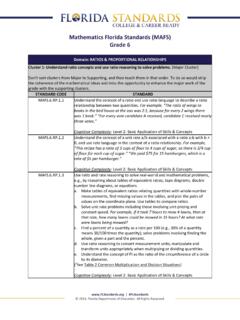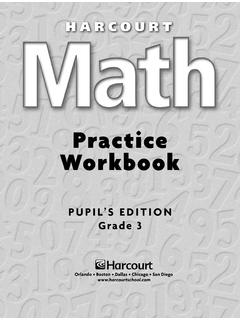Transcription of New York State Next Generation Mathematics Learning ...
1 NYSED Grade 3 Draft Updated June 2019 New York State Next Generation Mathematics Learning Standards Grade 3 Crosswalk Operations and Algebraic Thinking Cluster NYS P-12 CCLS NYS Next Generation Learning Standard Represent and solve problems involving multiplication and division. Interpret products of whole numbers, , interpret 5 7 as the total number of objects in 5 groups of 7 objects each. For example, describe a context in which a total number of objects can be expressed as 5 7. Interpret products of whole numbers. , Interpret 5 7 as the total number of objects in 5 groups of 7 objects each. Describe a context in which a total number of objects can be expressed as 5 7. Interpret whole- number quotients of whole numbers, , interpret 56 8 as the number of objects in each share when 56 objects are partitioned equally into 8 shares, or as a number of shares when 56 objects are partitioned into equal shares of 8 objects each.
2 For example, describe a context in which a number of shares or a number of groups can be expressed as 56 8. Interpret whole- number quotients of whole numbers. , Interpret 56 8 as the number of objects in each share when 56 objects are partitioned equally into 8 shares, or as a number of shares when 56 objects are partitioned into equal shares of 8 objects each. Describe a context in which a number of shares or a number of groups can be expressed as 56 8. Use multiplication and division within 100 to solve word problems in situations involving equal groups, arrays, and measurement quantities, , by using drawings and equations with a symbol for the unknown number to represent the problem. Use multiplication and division within 100 to solve word problems in situations involving equal groups, arrays, and measurement quantities.
3 , using drawings and equations with a symbol for the unknown number to represent the problem. Determine the unknown whole number in a multiplication or division equation relating three whole numbers. For example, determine the unknown number that makes the equation true in each of the equations 8 ? = 48, 5 = _ 3, 6 6 = ? Determine the unknown whole number in a multiplication or division equation relating three whole numbers. , Determine the unknown number that makes the equation true in each of the equations 8 ? = 48, 5 = __ 3, 6 6 = ?. NYSED Grade 3 Draft Updated June 2019 New York State Next Generation Mathematics Learning Standards Grade 3 Crosswalk Operations and Algebraic Thinking Cluster NYS P-12 CCLS NYS Next Generation Learning Standard Understand properties of multiplication and the relationship between multiplication and division.
4 Apply properties of operations as strategies to multiply and divide. Examples: If 6 4 = 24 is known, then 4 6 = 24 is also known. (Commutative property of multiplication.) 3 5 2 can be found by 3 5 = 15, then 15 2 = 30, or by 5 2 = 10, then 3 10 = 30. (Associative property of multiplication.) Knowing that 8 5 = 40 and 8 2 = 16, one can find 8 7 as 8 (5 + 2) = (8 5) + (8 2) = 40 + 16 = 56. (Distributive property.) Note: Students need not use formal terms for these properties. Apply properties of operations as strategies to multiply and divide. , If 6 4 = 24 is known, then 4 6 = 24 is also known. (Commutative property of multiplication) 3 5 2 can be found by 3 5 = 15, then 15 2 = 30, or by 5 2 = 10, then 3 10 = 30.
5 (Associative property of multiplication) Knowing that 8 5 = 40 and 8 2 = 16, one can find 8 7 as 8 (5 + 2) = (8 5) + (8 2) = 40 + 16 = 56. (Distributive property) Note: Students need not use formal terms for these properties. Note: A variety of representations can be used when applying the properties of operations, which may or may not include parentheses. Understand division as an unknown-factor problem. For example, find 32 8 by finding the number that makes 32 when multiplied by 8. Understand division as an unknown-factor problem. , Find 32 8 by finding the number that makes 32 when multiplied by 8. multiply and divide within 100. Fluently multiply and divide within 100, using strategies such as the relationship between multiplication and division ( , knowing that 8 5 = 40, one knows 40 5 = 8) or properties of operations.
6 By the end of Grade 3, know from memory all products of two one- digit numbers. Fluently solve single- digit multiplication and related divisions, using strategies such as the relationship between multiplication and division or properties of operations. , Knowing that 8 5 = 40, one knows 40 5 = 8. Know from memory all products of two one- digit numbers. Note: Fluency involves a mixture of just knowing some answers, knowing some answers from patterns, and knowing some answers from the use of strategies. NYSED Grade 3 Draft Updated June 2019 New York State Next Generation Mathematics Learning Standards Grade 3 Crosswalk Operations and Algebraic Thinking Cluster NYS P-12 CCLS NYS Next Generation Learning Standard Solve problems involving the four operations, and identify and extend patterns in arithmetic.
7 Solve two-step word problems using the four operations. Represent these problems using equations with a letter standing for the unknown quantity. Assess the reasonableness of answers using mental computation and estimation strategies including rounding. Note: This standard is limited to problems posed with whole numbers and having whole- number answers; students should know how to perform operations in the conventional order when there are no parentheses to specify a particular order. Solve two-step word problems posed with whole numbers and having whole- number answers using the four operations. Represent these problems using equations or expressions with a letter standing for the unknown quantity. Assess the reasonableness of answers using mental computation and estimation strategies including rounding.
8 Note: Two-step problems need not be represented by a single expression or equation. Identify arithmetic patterns (including patterns in the addition table or multiplication table), and explain them using properties of operations. For example, observe that 4 times a number is always even, and explain why 4 times a number can be decomposed into two equal addends. Identify and extend arithmetic patterns (including patterns in the addition table or multiplication table). NYSED Grade 3 Draft Updated June 2019 New York State Next Generation Mathematics Learning Standards Grade 3 Crosswalk number and Operations in Base Ten Cluster NYS P-12 CCLS NYS Next Generation Learning Standard Use place value understanding and properties of operations to perform multi- digit arithmetic.
9 Use place value understanding to round whole numbers to the nearest 10 or 100. Use place value understanding to round whole numbers to the nearest 10 or 100. Fluently add and subtract within 1000 using strategies and algorithms based on place value, properties of operations, and/or the relationship between addition and subtraction. Fluently add and subtract within 1,000 using strategies and algorithms based on place value, properties of operations, and/or the relationship between addition and subtraction. Note: Students should be taught to use strategies and algorithms based on place value, properties of operations, and the relationship between addition and subtraction; however, when solving any problem, students can choose any strategy. Note: A range of algorithms may be used.
10 multiply one- digit whole numbers by multiples of 10 in the range 10 90 ( , 9 80, 5 60) using strategies based on place value and properties of operations. multiply one- digit whole numbers by multiples of 10 in the range 10-90 using strategies based on place value and properties of operations. , 9 80, 5 60 Understand that the digits of a four- digit number represent amounts of thousands, hundreds, tens, and ones. , 3,245 equals 3 thousands, 2 hundreds, 4 tens, and 5 ones. Read and write four- digit numbers using base-ten numerals, number names, and expanded form. , The number 3,245 in expanded form can be written as 3,245= 3,000 + 200 + 40 + 5. NYSED Grade 3 Draft Updated June 2019 New York State Next Generation Mathematics Learning Standards Grade 3 Crosswalk number and Operations - Fractions Cluster NYS P-12 CCLS NYS Next Generation Learning Standard Develop understanding of fractions as numbers.
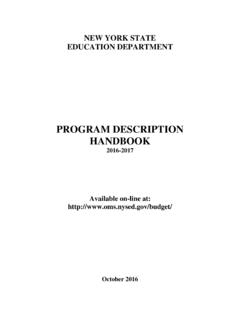
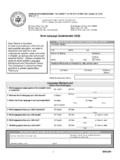
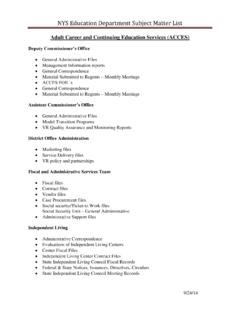
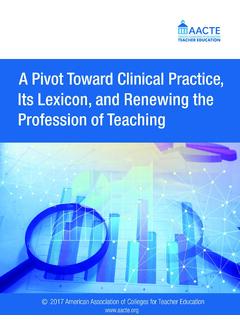
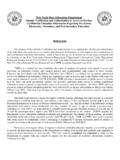
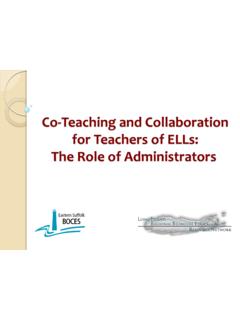

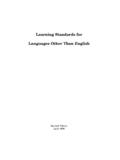

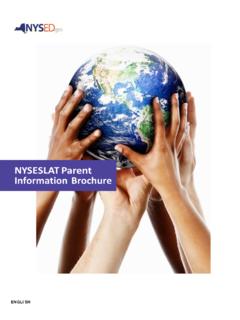
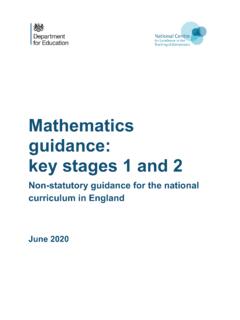
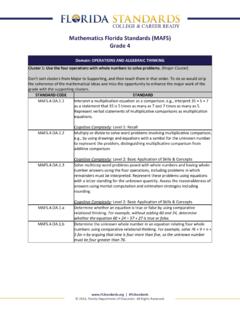

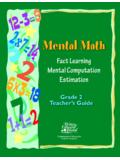

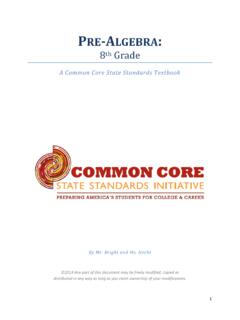
![arXiv:2005.14165v4 [cs.CL] 22 Jul 2020](/cache/preview/4/5/0/8/0/d/2/2/thumb-45080d222facc6d76a53aa8ccbd3eddb.jpg)
